Browse through our library of informative resources to stay informed and inspired

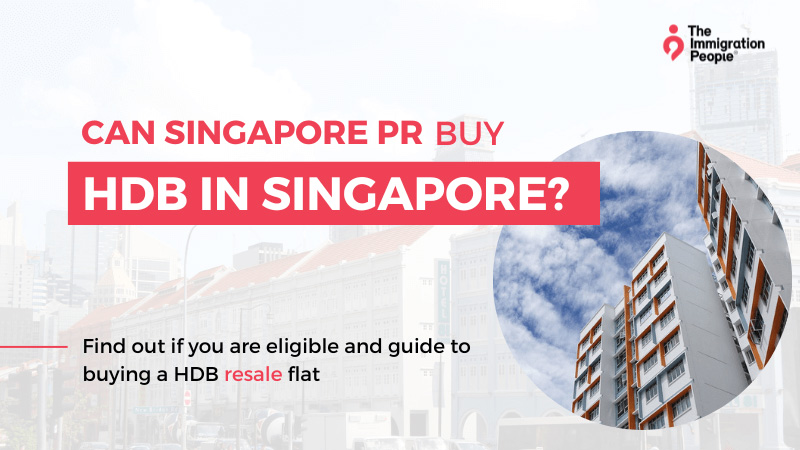
An HDB flat is a type of public housing in Singapore overseen and managed by the Housing and Development Board.
Housing in Singapore is notoriously expensive. The country’s small land area means that private landed properties are limited in supply, increasing property prices in the housing market.
For those intending to start a family, paying an affordable sum to have a roof over your and your family’s heads is incredibly enticing.
As the government subsidises HDB flats, they are much more affordable than private or executive condos, not to mention the 99-year leasehold scheme that comes with owning one.
More than 700,000 households in Singapore live in HDB flats. As a Singapore PR (SPR), you have the right to purchase HDB flats, unlike expats.
But are you eligible to purchase one? Let’s discuss this.
Over a million HDB flats are sprawled across more than 24 towns in Singapore. What makes it a unique form of living for residents is its affordability, accessibility, and community-driven initiatives.
All these sound like a dream, but you must understand that Singapore PRs face limitations when owning HDB flats.
According to the rules outlined by the HDB, a single SPR can only buy (build-to-order) BTO or HDB flats if they apply with another Singaporean.
However, Singapore PRs and their families can buy HDB resale flats.
A resale HDB flat is an HDB flat owned by another individual. They are selling their flats as they have already reached the five-year Minimum Occupation Period (MOP).
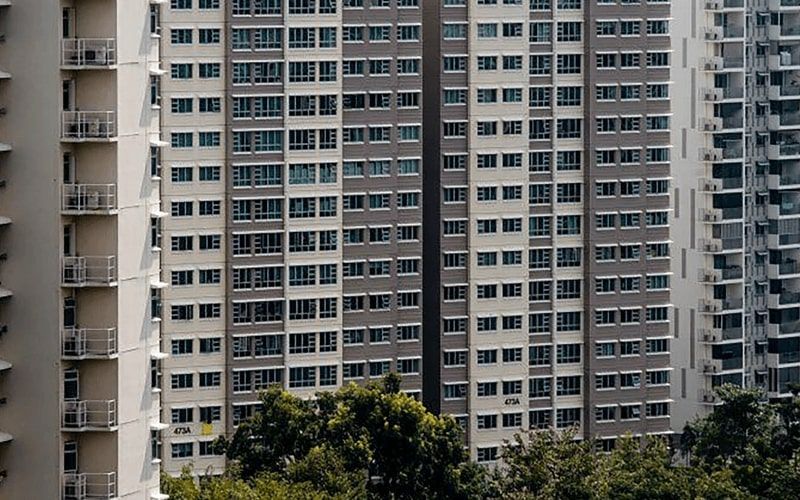
After five years, the owners can do as they wish with the HDB flat, often renting it out or selling it to fellow Singaporeans and SPRs.
As a Singapore PR, this is your chance to get a slice of the pie and live in affordable housing. For a Singapore PR to be eligible to buy a resale HDB flat, they need to satisfy the following requirements:
Purchasing one requires extensive financial planning as only households with at least one Singapore citizen can enjoy subsidised flats and grants from HDB.
Once you meet the eligibility requirements, here’s an overview of Singapore’s HDB resale flat buying process.
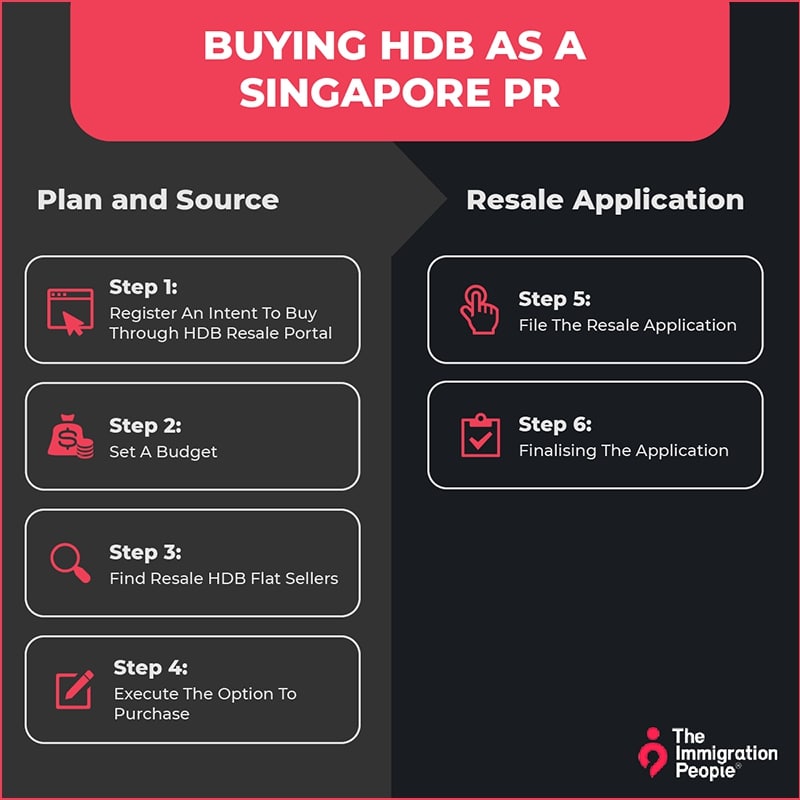
Guide for buying HDB as a Singapore PR
Starting 1st January 2018, the HDB Resale Portal will make resale transactions smoother by including all buyer eligibility criteria on the platform.
You can use your SingPass to file applications through the portal, which guides you through buying a resale HDB flat.
Start by registering your Intent to Buy. An Intent to Buy assesses your eligibility in purchasing resale HDB. You don’t need to pay anything to register; you’ll get an assessment almost instantly. HDB will also inform you of housing loans and grants you can apply for.
You’ll receive the following documents after completing the registration:
You will need sufficient income and savings to purchase a resale HDB.
So, the next step is setting a budget and determining your eligible housing loans. Doing this ensures you’ll have enough to fund your HDB purchase.
To calculate the resale HDB flat price, you can use this tool from the HDB website. Property prices vary depending on the flat type, town, or market value. Exhaust all your options to find a suitable home for you and your household.
Other financial considerations include HDB valuation fees, resale costs, administrative fees, legal costs, and stamp duties. Plan for these expenses, as you’ll pay them on top of the resale flat’s sale value/purchasing price.
You can finalise the resale flat purchase only after receiving a valid HDB Loan Eligibility (HLE) or Letter of Offer (LO) from a bank or financial institution.
There are many online property portals where you can find different resale HDB listings.
Nation Property is one example that shows current resale flats for sale or rent available to permanent residents.
The HDB website also has invaluable information on each resale flat. There is also an HDB map that allows you to view all the amenities, community centres, schools, hospitals, public transport, and facilities near your target location.
Use this to your advantage in viewing the different flats available for resale and determining a good location for your family.
Before signing the legally binding agreement to purchase the HDB resale flat, you need to sort out its price and other fees included in the sale with the seller.
After settling on an HDB resale price with the seller, they will grant an Option to Purchase (OTP). An OTP is executed or exercised when you buy the property, sign the acceptance copy, and pay the balance deposit.
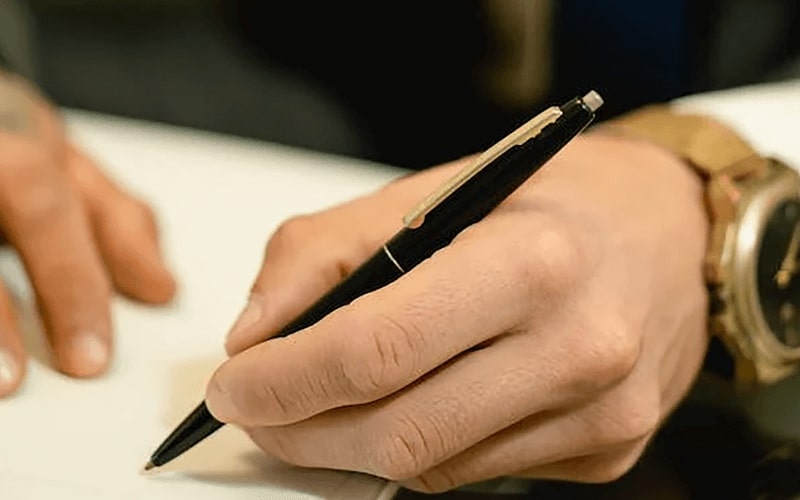
It means you can no longer deal with other sellers during the Option Period (21 calendar days), particularly after finalising your intent to purchase the flat.
OTP fees are decided between you and the seller and usually cost between $S$1 to S$1,000. You will be given 21 days to revert to the seller with your decision.
If you’re applying for a housing loan to help finance your purchase, request a valuation from the HDB. The valuation helps determine and confirm the value of the flat and will also serve as the basis for the housing loan’s value.
The Request for Value option will only be available to buyers granted an OTP by the resale flat seller. You will receive this via email or the HDB Resale Portal within ten working days of request.
Send the valuation document, alongside a scanned page 1 copy of the OTP, on the next working date after the Option Period. Once everything has been finalised, you can exercise the OTP and pay a deposit to the seller.
You and the seller must submit the Resale Application and other supporting documents after the OTP has been exercised. You’ll need to pay an administrative fee of S$40 (for 1 and 2-room flats) or S$80 (for 3-room or bigger).
Once HDB has verified your application, they will notify you and the seller via SMS or email of the application’s approval. You may also view the status of the resale application in the portal.
You and the seller will have six days to endorse all submitted documents. Failure to do so within the prescribed timeframe will forfeit your application. During endorsement, the buyer must verify their financial plan and make all the necessary payments online. After which, the HDB approves your application and prepares for its completion.
After approving the resale application, the HDB will set an appointment for you and the seller to complete the transaction. You must be formally present to sign documents like the confirmation letter.
Buying an HDB resale flat should take up to two months, provided everything is correct in the application and you and the seller duly sign all papers.
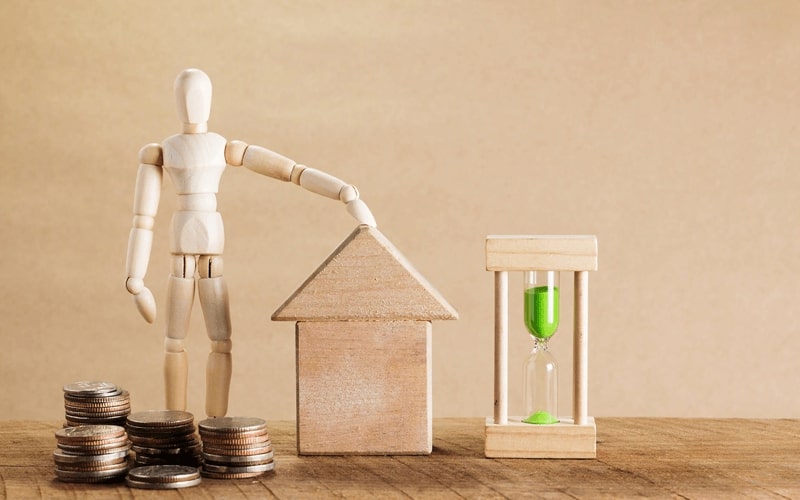
While resale HDB flats are generally more affordable, you will still need more upfront cash to pay for the property in full.
Fortunately, certain housing grants are available for Singapore PRs or SPR households, whether they’re buying resale flats for the first or second time. More on these below:
The following are grants available to Singapore PRs who are buying a resale flat for the first time with another Singapore citizen or Singapore PR.
For the Singapore PR couples or Singapore PR – citizen couples buying a resale flat for the second time, you will only be eligible for the Proximity Housing Grant and the Citizen Top-Up if qualified.
As a Singapore PR – citizen couple, you will also have the option to purchase a Build-To-Order (BTO) HDB flat. There are two grants are available for such households:
The housing grant you’ll receive will depend on your income (you must earn at least S$9,000 monthly). A premium of S$10,000 will need to be paid for the BTO flat, but this will be refunded in full if you successfully apply for Singapore Citizenship later.
Renting out or subletting a flat is a great way to earn extra passive income. A Singapore PR can rent their HDB flat – provided a Singapore citizen is part owner. However, there are some limitations that you need to take note of.
The same MOP rules apply to a Singapore PR regarding renting. So, you can only rent the flat if it has reached the MOP and there are no outstanding payments to the HDB.
Secondly, SPRs cannot rent out their entire flat, regardless of whether it has reached its MOP. A PR is allowed only to rent out bedrooms, especially for 3-bedroom flats or larger ones. You will still need to seek approval from the HDB before doing so.
Owning a property is one major decision PRs make before deciding to settle down in Singapore. The affordability and many benefits of living in HDB flats will entice the average PR. Still, the allure of living in less-regulated, private housing might also cross your mind, or it might be your next housing milestone.
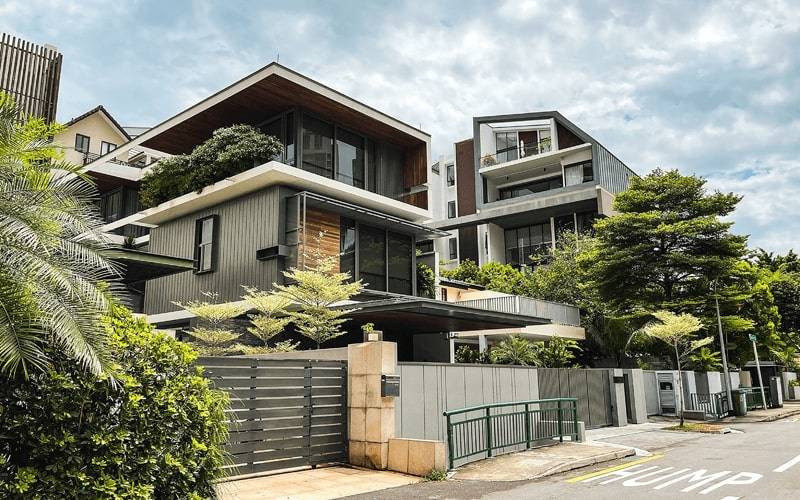
Landed property in Singapore | STACKED HOMES
First, let’s understand the different types of residential properties in Singapore:
Out of all these types of residential properties, Singapore PRs are only to purchase the following:
Each property type available to Singapore PRs has its benefits and drawbacks regarding availability, affordability, security, privacy, accessibility to public amenities, and many other factors. We list the pros and cons of each property type below.
Affordability is the most evident advantage of living in an HDB flat for Singapore PRs. Government subsidies, priority schemes, and housing grants make HDB flats within the financial reach of aspiring property owners among PRs.
HDB flat owners have a 5-year MOP before renting out or selling their HDB property. While some see this as an obstacle, the MOP offers PRs with long-term housing security.
PRs would not need to cycle through the stages of short-term housing and the constant need to move around to find a permanent home. HDB flats offer them a way to reside permanently in their city of choice, settle down, and grow their budding family.
Buying HDB flats entitles an SC or PR household to numerous grants and benefits. For one, eligible families who live in HDB flats and don’t own (or have no interest in) more than one property can receive up to twice their average GST Voucher – U-Save Rebates.
The GST Vouchers allow households to offset their utility bills, as the rebates are disbursed into their utility account quarterly. Such rebates can drastically reduce the amount they pay monthly for utilities. Often, they are 8-10 months’ worth of utility bills for an average 1 or 2-room household and 4-6 months for 3 or 4-room households.
Overall, these schemes give Singapore some of the highest rates of homeownership in the world (88.9% according to 2021 figures) despite its staggeringly high property prices.
As much as possible, the HDB develops flats in the most accessible locations around Singapore. Many HDB flats are located nearby amenities and commercial spaces, such as groceries, convenience stores, hospitals, childcare facilities, public transport, universities, schools, etc.
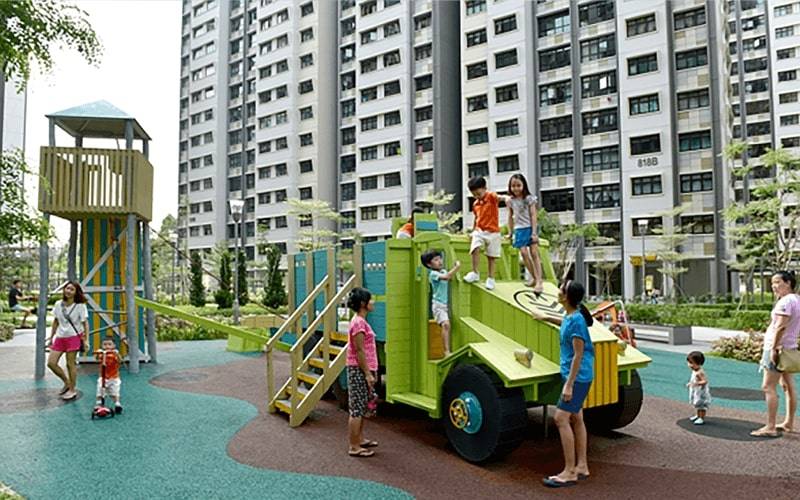
Children playing at a playground located in a HDB neighbourhood | HDBThe location advantage reduces the time needed to commute to and from work and head to school for the children. Additionally, most HDB flats are well connected to transport links, allowing easy travel. Many amenities are also a stone’s throw away from the neighbourhoods, improving families’ ease and comfort.
HDB flats are covered by strict external upkeep and routine maintenance, so your PR household will only need to worry about internal maintenance. Communal spaces and areas like parks, corridors, and lifts undergo regular inspections and repairs as required.
Living in an HDB flat is beneficial in the long run, thanks to the rigorous upkeep, which helps improve the estate’s future valuation. Programs like Neighbourhood Renewal and Lift Upgrading are frequently rolled out to ensure the flats are pristine for new and existing residents.
Often located in prime, central locations, HDB flats offer safety and security to households. Neighbouring occupants are close by, giving PRs a chance to form lasting friendships and professional relationships with one another.
Many HDB estates also have CCTV and surveillance systems in walkways and parking spaces. Such security implementations significantly reduce the threat of theft and increase overall security.
With all of these in mind, cheaper housing options such as HDB flats also have owner income restrictions, especially for PRs. For example, the income ceiling for purchasing HDB flats falls between S$7,000 to S$14,000 (S$16,000 for executive condominiums).
As discussed earlier in this article, there are certain eligibility requirements that a Singapore PR need to consider like:
SPRs are not allowed to rent their entire HDB flat, despite reaching the MOP. You can only rent it out under the name of a Singapore citizen (in the flat’s purchase application). Currently, SPRs are only allowed to rent parts of the flat (i.e. bedrooms).
But if you satisfy the requirements for renting out the flat, understand that there’s a 6-month minimum rental period. Further, you can only rent out the flat to the following people:
A Singapore PR cannot rent out the flat to tourists.
Eligible applicants can use CPF grants to offset the price of the EC, equipped with amenities like the ones in private condominiums. These amenities include swimming pools, gyms, gated security, clubhouses, tennis courts, etc.
ECs are generally a good investment because you can sell them above market value in the future. As these properties are usually purchased at lower prices than private condos (due to government subsidies), ECs can generate high capital gains after five years or once privatised.
Executive condominiums are considered a more expensive option for Singapore PRs to own. That said, there is a higher income requirement. For a Singapore PR to purchase an EC, your income ceiling starts from S$16,000, compared to S$7,000 for new HDB flats.
If a Singapore PR intends to buy EC for investment purposes, you are still restricted by the five-year MOP. You cannot rent out or sell the condo during this time.
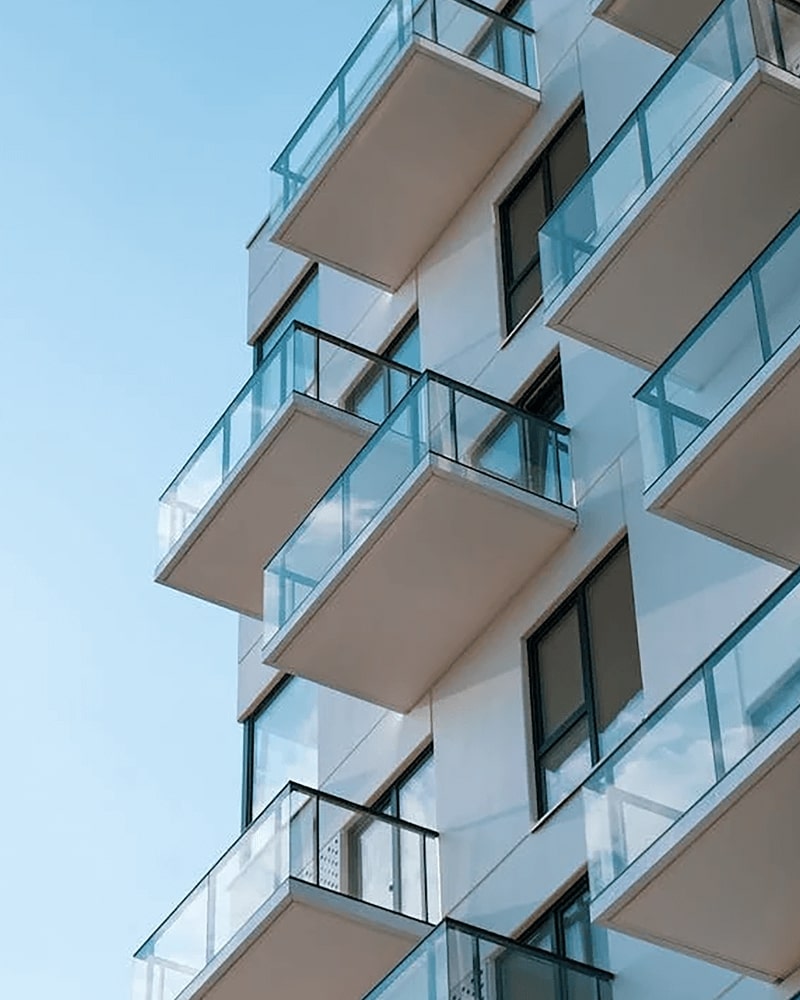
Private condominiums are like ECs but can be owned privately from the start. These properties often have several amenities, such as gated security, gyms, tennis courts and other sports facilities, swimming pools, etc.
Another advantage of private condos over other types of private housing is that they’re relatively cheaper. This means as a PR, you can upgrade your household’s HDB flat into a private condo in the future.
Additionally, private condos come brand new, which may attract PR households that want to purchase housing in perfect condition. Everything about the property is untouched during the purchase — from fixtures, facilities, and plumbing.
Despite these, PRs can face drawbacks when buying private condos. For one, there is a longer waiting period before key collection. A new-launch private condo may not be suitable if you need immediate housing for your family.
Another downside is the stiff rental competition. With the high volume of investors in need of tenants, a condo’s market value may be initially too steep and can take time to correct itself.
Unlike in an HDB flat, you own the land where the property is situated for a landed-type property. But owning landed property is rare in Singapore due to land scarcity. In fact, only 5% of the population lives on private land.
However, one advantage of owning landed property over HDB flats is the reduced restrictions. As a PR, you will still need approval from the SLA before applying for a purchase application. However, landed properties offer more freedom in many ways than public housing.
Since you own the land, you’re well within your rights to make any design changes and improvements as you wish. Landed property is also free of the 5-year MOP, meaning you don’t have to wait a certain period before selling or leasing a part of it to other people.
Undeniably, the cost of owning landed property is far greater than a resale or HDB flat. The PSF or price per square foot may be lesser than a condo, but the size, location, and design will often lead to a significantly higher cost.
There are also several financial risks associated with purchasing a landed property. Their future market values are unpredictable, whereas finding undervalued flats and reselling them for higher capital gains is assured almost every time.
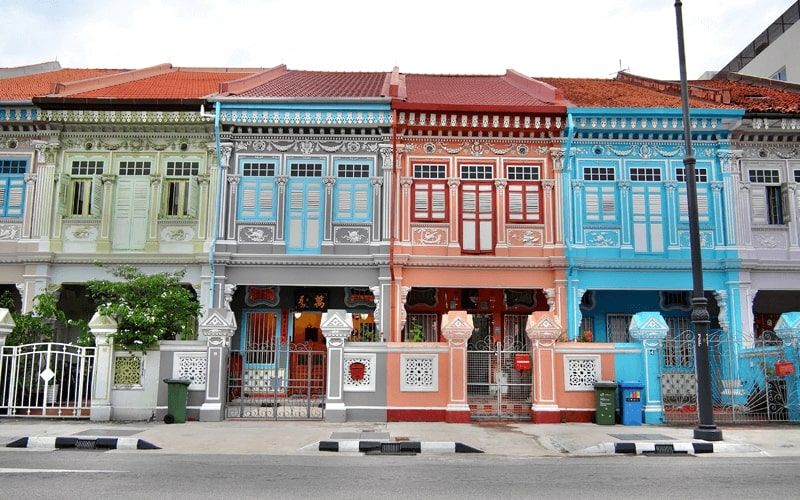
Colourful shophouses in SingaporeShophouses are a unique property type in Singapore, often two to three storeys high and constructed in blocks with shared walls. Built during WWII, many shophouses retain traditional architecture that attracts many property investors.
From a practical standpoint, buying a shophouse might not be wise. Many shophouses can cost as much as landed properties and are often priced in the millions. This is mainly due to their location in central areas and conservation status.
Statistics from recent years revealed that shophouses reached a median price of $3,824 PSF, which is more expensive than the average PSF price of a penthouse in Singapore.
There are also more shophouses than HDB flats in Singapore, as new ones aren’t being built anymore. Existing shophouse owners also aren’t too keen on selling them for several reasons.
But there’s no stopping you from buying a shophouse. It is more expensive than an HDB flat. Still, the prestige and significance it holds make it an attractive investment, not to mention shophouses are often situated in prime locations like Chinatown, Ayer, Telok, or Siglap.
In conclusion, Singapore Permanent Residents (PRs) can buy HDB flats in Singapore, but you must meet certain eligibility criteria. These include income and housing requirements.
Buying an HDB resale flat as a PR can be complex, but with the proper guidance and understanding of the requirements, purchasing an HDB flat in Singapore is possible. In addition, there are also housing grants available for PRs to help with the purchase of an HDB flat.
As a future home owner, you need to consider all the options and factors, such as the location, size and condition of the flat, the cost and financing options, and the long-term prospects of renting out or reselling the flat.
It’s also important to note that Singapore PRs can rent their HDB flat, but you must follow certain rules.
Overall, being a Singapore PR offers an excellent opportunity to own a home in Singapore and there are many other benefits of Singapore PR.
Houses are considered landed properties and are exclusive only to Singapore citizens. A Singapore permanent resident cannot purchase a house, but they can appeal to the Singapore Land Authority (SLA), as stated in the Residential Property Act. The SLA may approve applications from PRs under certain conditions (usually if the PR has been shown to have made exemplary contributions to the state).
No. The only way a single Singapore PR can buy an HDB flat directly is if you’re married to a Singapore citizen.
No. If you’re a PR who owns an HDB resale unit, you must dispose of it or sell it within six months of buying a private residential property.
A PR must have been living in Singapore for at least three years before they can buy a HDB resale flat.
Yes, but the following are grants available to Singapore PRs who are buying a resale flat for the first time with another Singapore citizen or Singapore PR.
Note that these grants are subject to eligibility criteria.
Please share with us some details about your needs, we will get back to you.